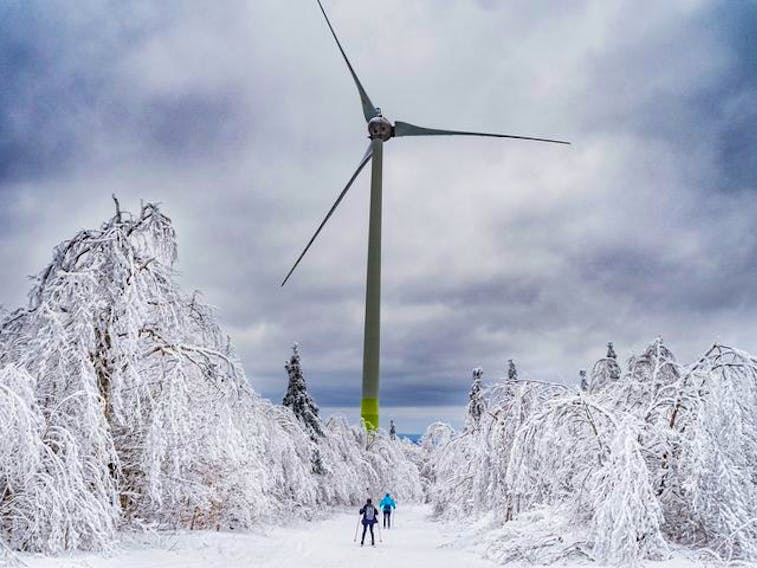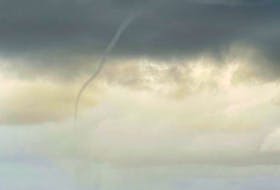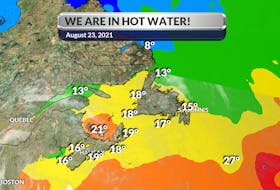It’s cool today, and it’s going to get colder! The arctic pipeline is about to open across Atlantic Canada.
The air will be cold all week, but the wind will make it feel even colder; that’s called wind chill, and it’s a function of the cooling effect of evaporation.
For that reason, wind chill only comes into play for animate objects; in other words, living breathing things.
When the wind blows across your face, it evaporates the very thin layer of moisture found on your skin. Evaporation has a cooling effect – think about how it feels when you dab rubbing alcohol on your skin. The cooling effect of the moisture evaporation from your skin makes it feel colder. The faster the wind speed, the faster the rate of evaporation. As the wind increases, it draws heat from your body, driving down skin temperature and, eventually, your internal body temperature.
I’ve heard people say that wind chill will make it hard to get their car started in the morning. The only effect wind chill has on inanimate objects, such as car radiators and water pipes, is to shorten the amount of time for the object to cool. The inanimate object will not cool below the actual air temperature; if it’s -10°C but feels like -30°C with the wind, the car’s engine is still at -10°C.
It doesn’t take a lot of wind when it gets very cold. Tomorrow’s wind chill values will range from -10°C to -20°C across the Maritimes, and dip to close to -40°C for parts of western Labrador.
Those numbers sound cold and they are, but more importantly, they can be dangerous. On average, a person’s skin will start to freeze at a wind chill of -25°C. When the wind chill is below -40°C, unprotected skin can freeze in less than 10 minutes.
I love winter activities, but it’s always important to be smart about how you dress and how much time you spend outside. Remember, wind chill also applies to animals, so be mindful of the time they spend outside, too!
- Want more weather information? Visit your weather page.
- Have a weather question, photo or drawing to share with Cindy Day? Email [email protected]
Cindy Day is the chief meteorologist for SaltWire Network









